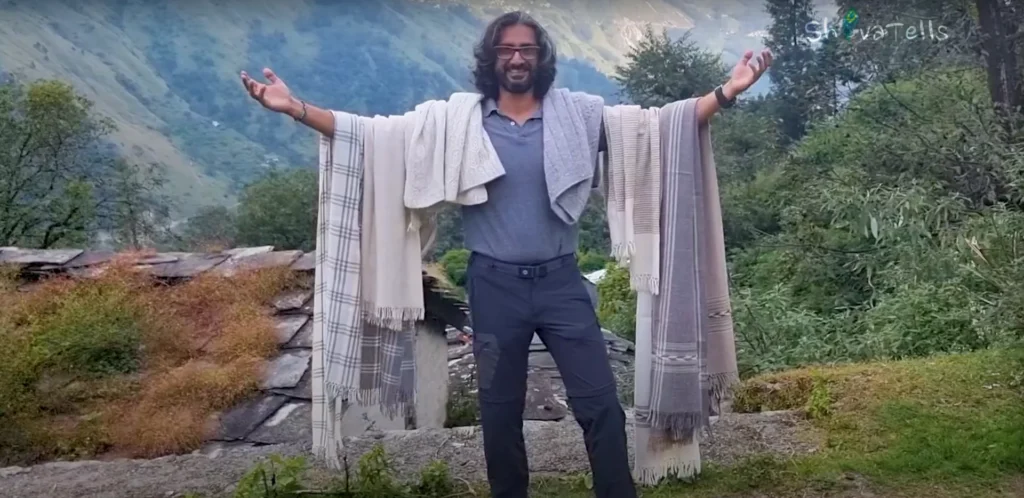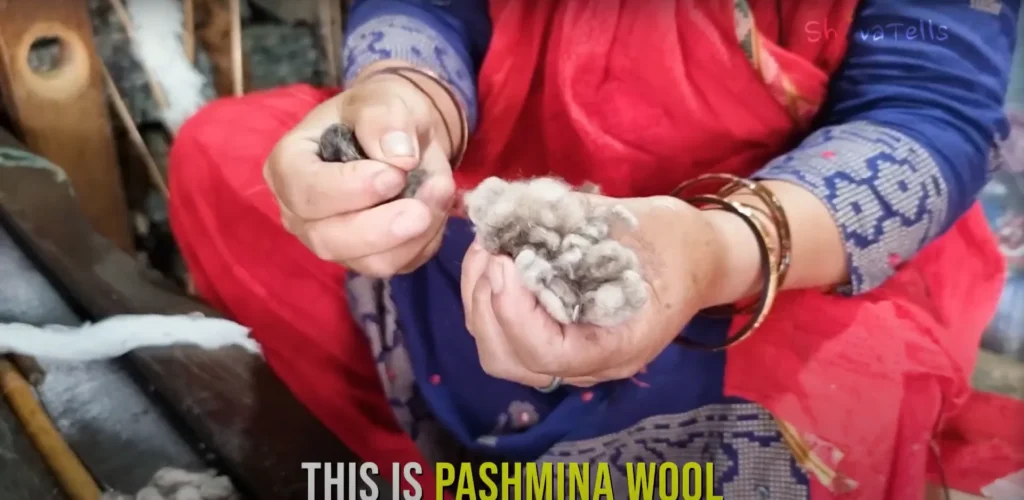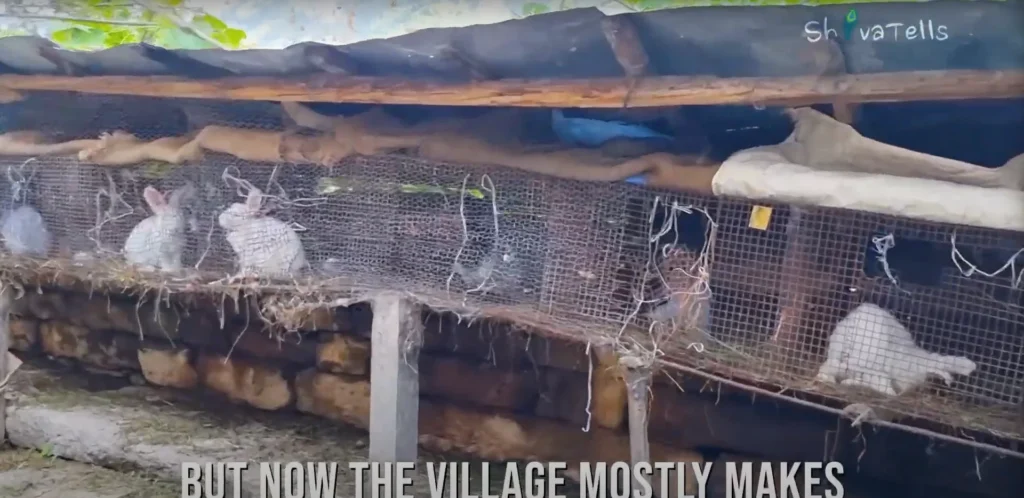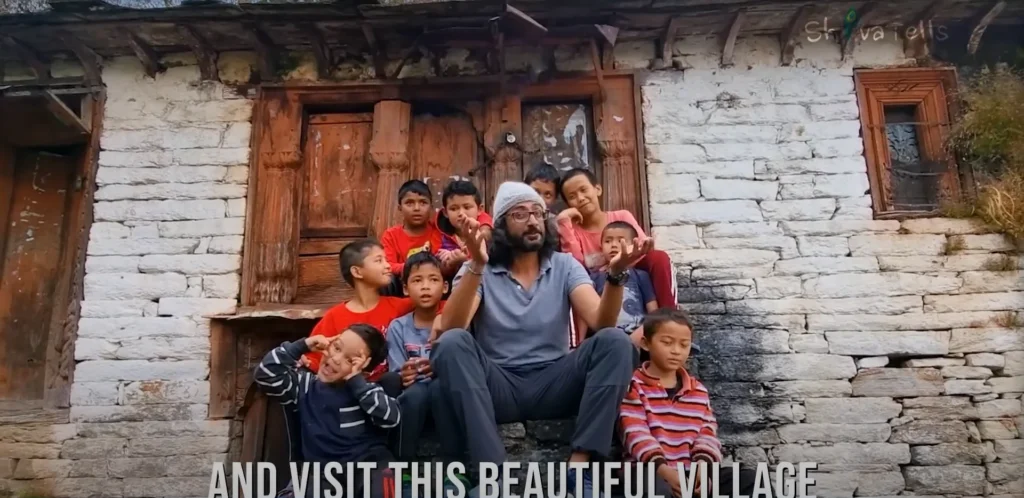Introduction to Munsyari
Nestled in the majestic mountains of Uttarakhand, India, Munsyari is a Himalayan village that feels like a page taken straight out of a storybook. I remember my first view of its snow-capped peaks, lush green terraces, and quaint homes. It was more than just scenic beauty; it was the promise of stories untold, traditions preserved, and a cultural heritage that breathed through its people.

Table of Contents
A Journey Through the Serene Landscapes of Munsyari

As I traversed the winding paths of Munsyari, the crisp mountain air and the symphony of chirping birds felt like a warm welcome. Each step revealed a canvas of terraced fields and distant glacial peaks that spoke of the resilience and harmony of life here. The mighty Panchachuli range stood as a silent guardian, its five peaks casting a protective gaze over the village. The landscape wasn’t just breathtaking; it was a testament to the villagers’ symbiotic relationship with their environment.
The Historical Tapestry of Munsyari: Tales of Heritage
Munsyari’s history is as layered as the mountains that surround it. This village has long been a waypoint for traders from Tibet and pilgrims journeying through the Himalayan passes. The stories passed down through generations tell of ancient barter routes, bustling markets, and traditions that have withstood the tests of time. Learning how Tibetan traders once frequented Munsyari to buy wool, spices, and other goods was fascinating, contributing to a rich cultural exchange that still lingers in the village’s heritage.
Pashmina Shawls: The Crown Jewel of Traditional Crafts

One cannot speak of Munsyari without mentioning its famous Pashmina shawls. These shawls are not just pieces of clothing; they are works of art. The delicate softness of the Pashmina, derived from Angora wool, sets them apart. As I watched local women skillfully weave these shawls, their nimble fingers moving in a practiced dance, I understood that each shawl carries not just warmth but the legacy of generations. The intricate patterns and vibrant colors are a testament to the artisan’s eye for beauty and precision.
The Art of Angora Wool Weaving in Munsyari

The secret behind the luxurious Pashmina shawls lies in the Angora goats, which thrive in the cold, high-altitude regions of Munsyari. Their fleece, renowned for its fineness and insulation, is collected every November. During my visit, I saw villagers engaging in lively bargaining sessions with herders arriving from Dharchula and beyond. The transformation of this raw wool into intricate shawls is a laborious process, demanding patience and precision—qualities the artisans here have in abundance. Watching the wool go through carding, spinning, and weaving was like seeing the magic unfold. Each step is done by hand, ensuring that the resulting fabric is not only warm but uniquely crafted.
Craftsmen and Artisans: The Keepers of Tradition

The artisans of Munsyari are more than just weavers; they are the custodians of a cherished heritage. Spending time with these skilled individuals, I learned how their craft is more than just a means of livelihood—it’s a way to keep the spirit of their ancestors alive. The women, often gathered in small groups, share stories and laughter as they weave, passing on their knowledge to the younger generation. It’s in these moments that the essence of community and tradition shines brightest.
Living Traditions: Festivals and Daily Life in a Himalayan Village
The vibrancy of Munsyari is most evident in its festivals and daily rituals. The village comes alive with celebrations where traditional music, dances, and rituals merge seamlessly with the routines of everyday life. I witnessed locals preparing for a festival, adorning their homes with hand-woven decorations and singing folk songs that spoke of love, loss, and the mighty mountains. Each moment felt like a window into a world where time seemed to slow down, honoring the past and embracing the present.
Challenges in Preserving Traditional Crafts

Despite the richness of Munsyari’s cultural heritage, challenges loom over the preservation of its traditional crafts. Modernization, economic pressures, and younger generations seeking opportunities elsewhere threaten to erode these age-old practices. The artisans I met spoke candidly about the need for support and recognition to keep their craft alive. It was clear that while the legacy of Pashmina shawls and Angora wool weaving is strong, it requires conscious efforts to sustain it in the years to come.
Sustaining Cultural Heritage: Community Efforts and Initiatives

I was inspired to see how the community of Munsyari rallies to protect its cultural identity. Local initiatives, workshops, and cooperative groups play a crucial role in teaching the craft to younger generations and promoting these exquisite shawls to markets beyond Uttarakhand. These efforts are not just about commerce; they are about preserving the soul of Munsyari for future travelers and generations to witness and appreciate.
Experiencing Munsyari: A Visitor’s Guide to Heritage and Crafts

For those planning to visit, Munsyari offers an experience steeped in culture and natural beauty. Travelers can explore the local markets, interact with artisans, and even try their hand at weaving. Walking through the village, visitors can catch glimpses of craftspeople at work and hear stories that date back centuries. Staying at local homestays not only supports the community but also provides an immersive experience of the daily life of Munsyari. Don’t miss the opportunity to taste traditional dishes like bhatt ki churkani and mandua roti, which showcase the simple yet hearty flavors of the region.
How to Visit Munsyari
Reaching Munsyari is an adventure in itself. The village is about 600 km from Delhi and is best accessed via a road trip. The nearest railway station is Kathgodam, approximately 275 km away, and from there, one can hire a taxi or take a local bus through the scenic routes that wind up the mountains. The journey may be long, but the view of the rolling hills and quaint hamlets makes every moment worthwhile. The best time to visit is from March to June and September to October, when the weather is perfect for exploring.
The Future of Munsyari’s Cultural Legacy
The future of Munsyari’s traditions depends on both the dedication of its people and the support from those who cherish its heritage. The artisans are determined to adapt and innovate while remaining true to their roots. With a blend of old and new, Munsyari’s cultural legacy stands poised to weather the changing times.
Conclusion:
As I took a final look at the serene landscape of Munsyari, with the setting sun casting a golden glow on the snow-dusted peaks, I felt a profound respect for this village. It’s more than just a destination; it’s a living story of perseverance, tradition, and unyielding spirit. The heart of Munsyari beats with the echoes of its past and the promise of its future, woven together in every Pashmina shawl and every tale told by the village elders.
Read Tribe Stories –
- Unknown Temple Art of Goa: Kaavi Art and Chitari Art
- Wancho Tribe: 3 Superheros of Arunachal Pradesh’s Patkai Hills
Watch Travel stories –
